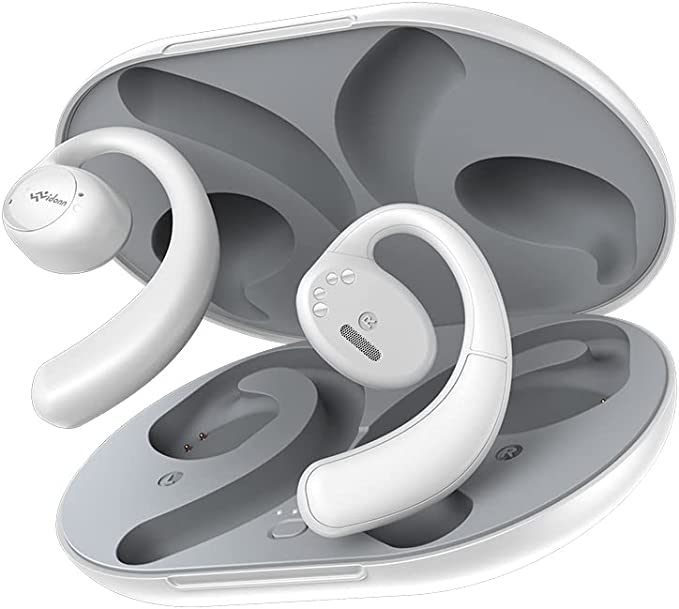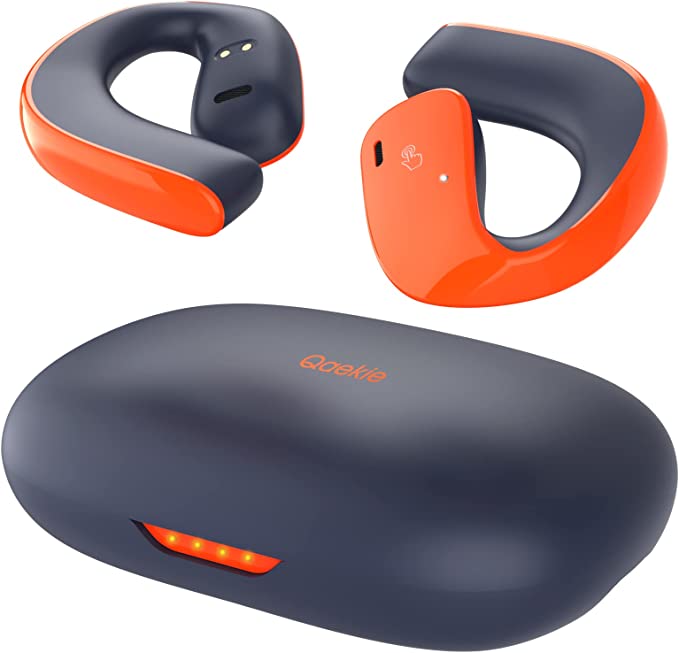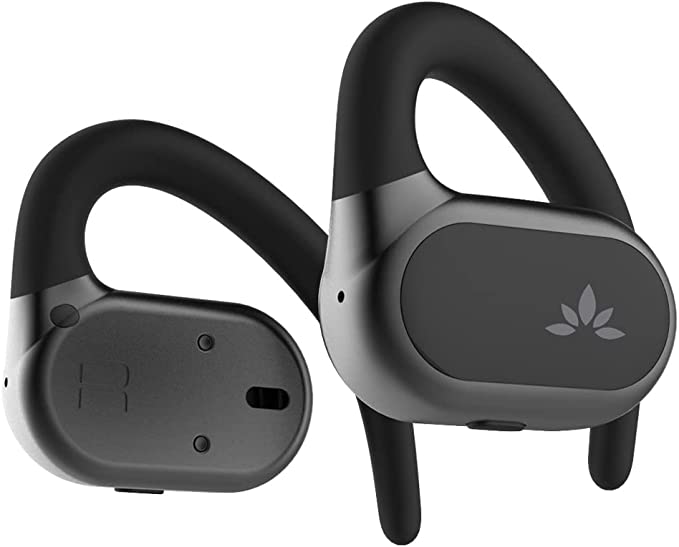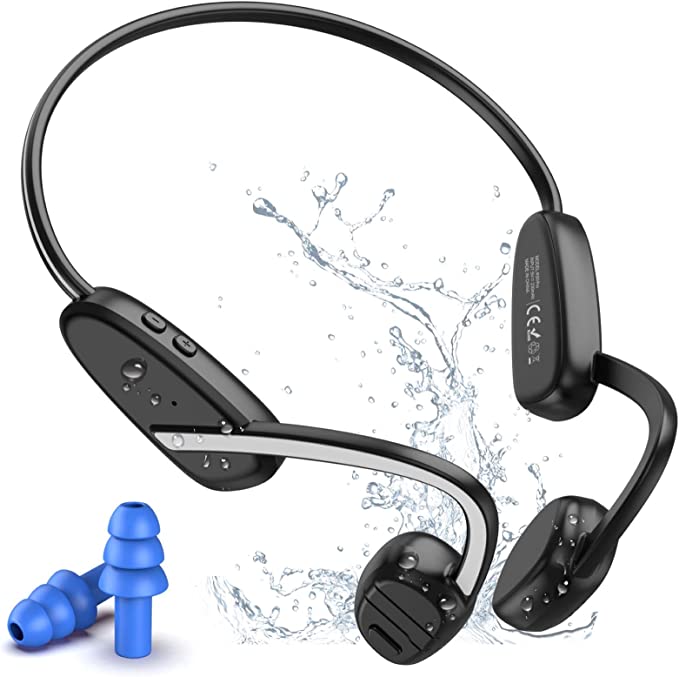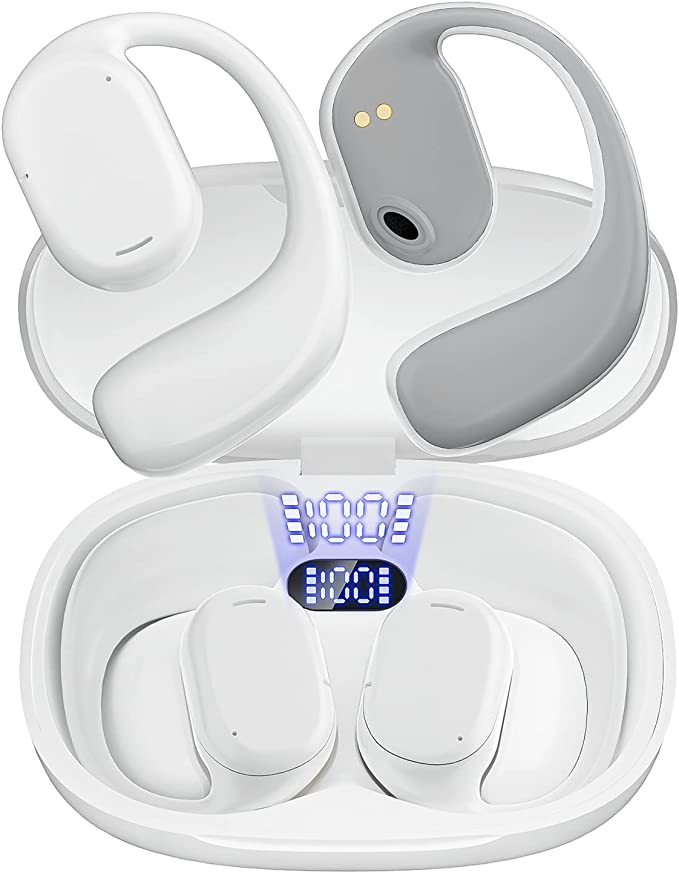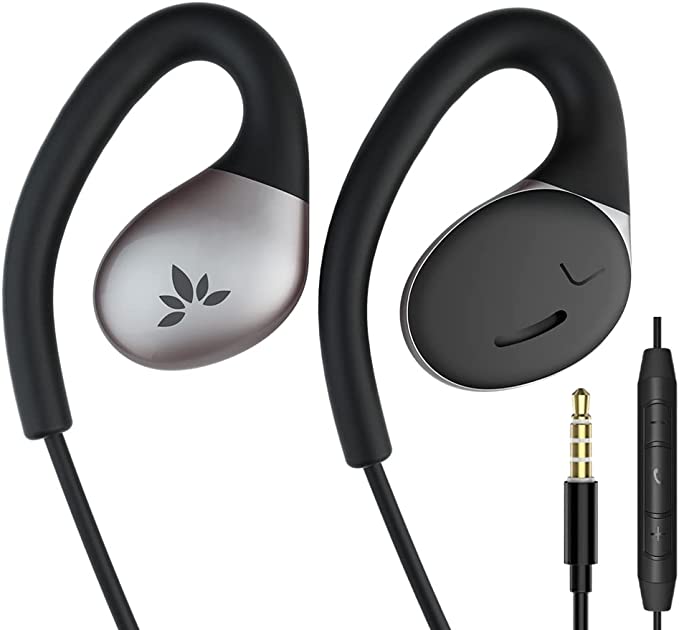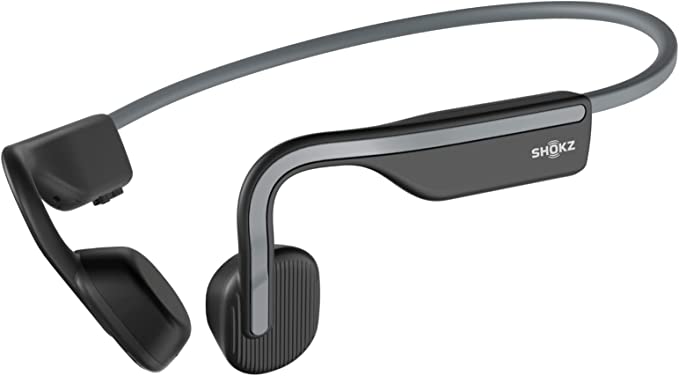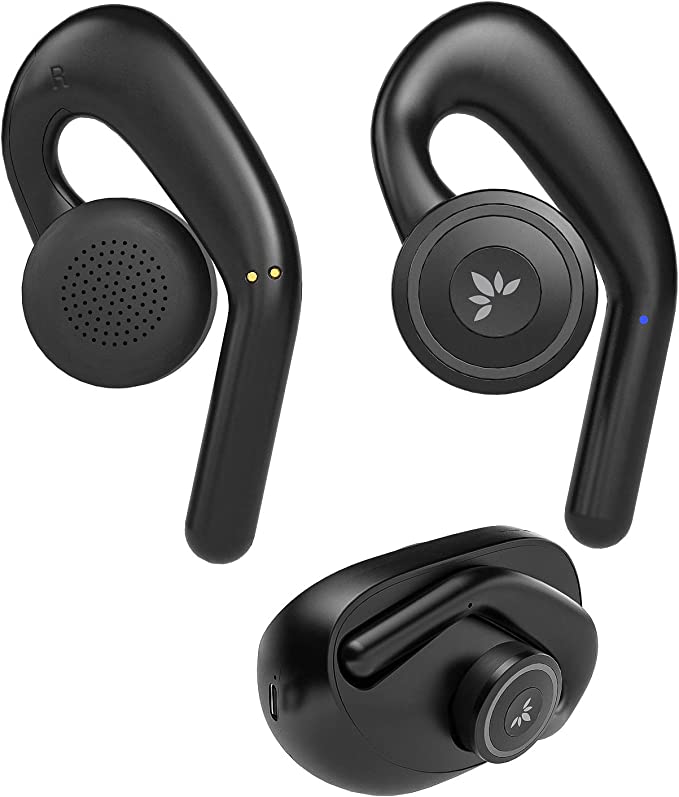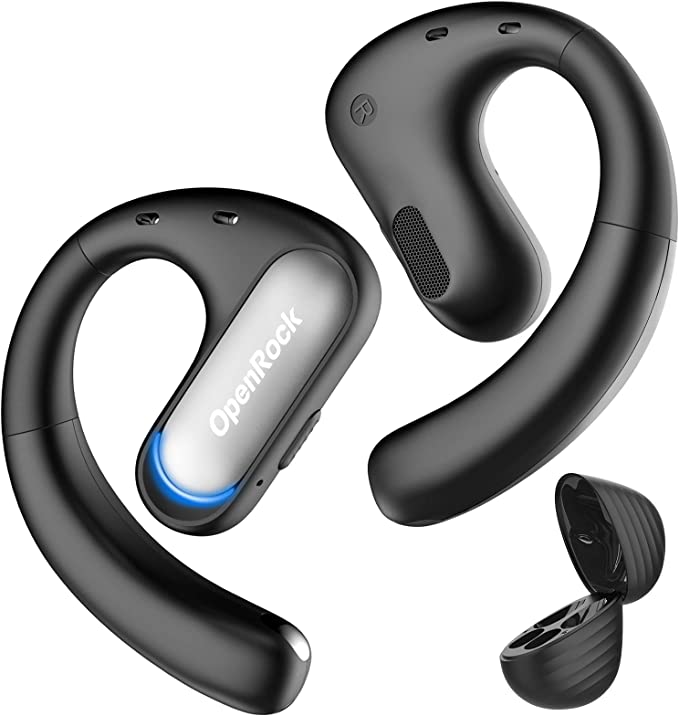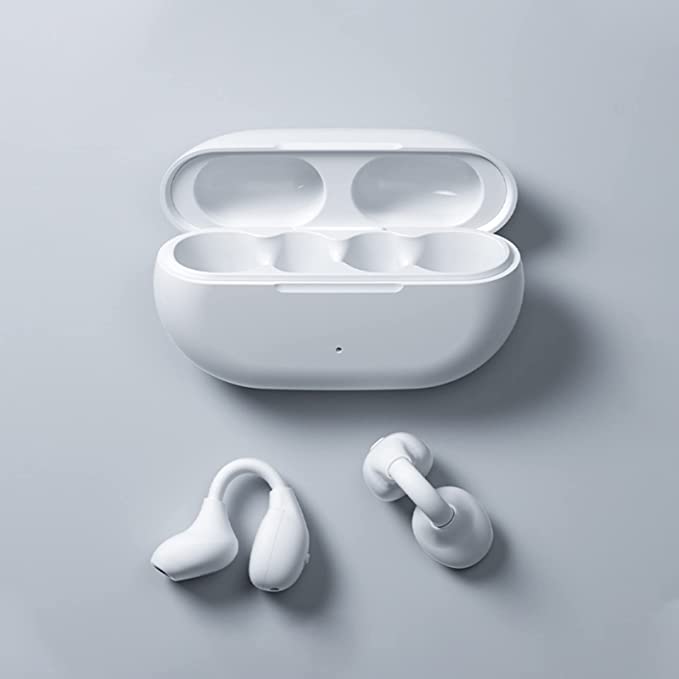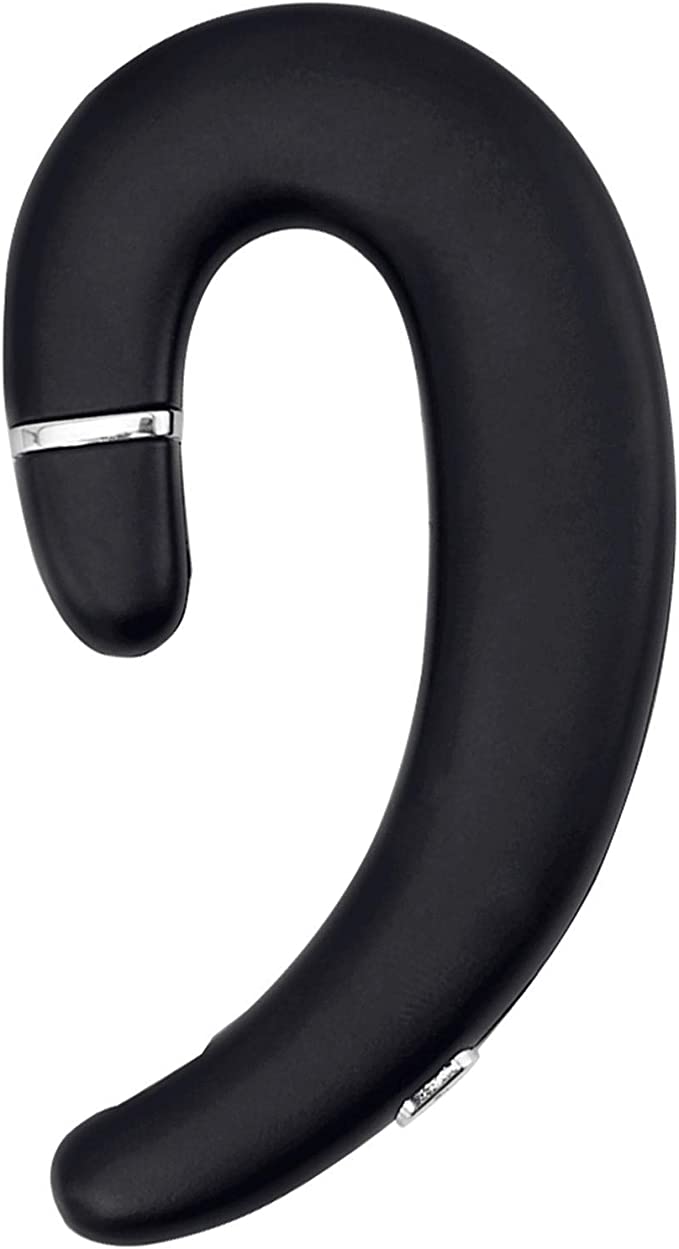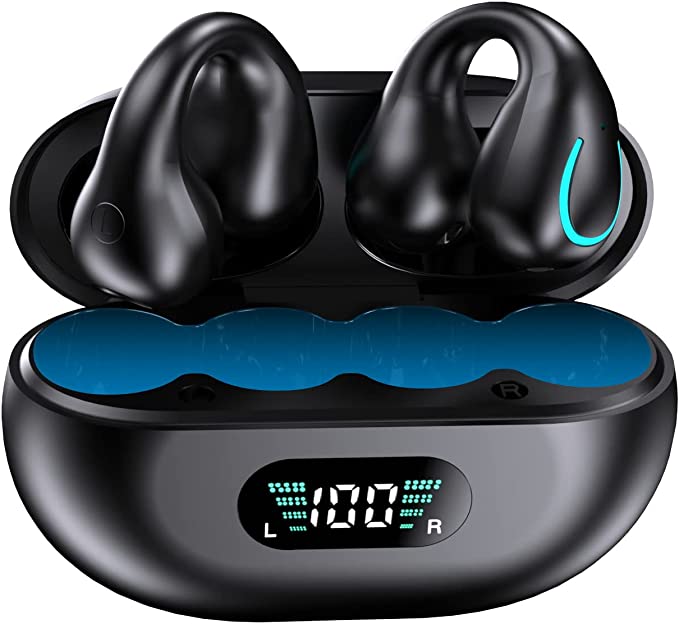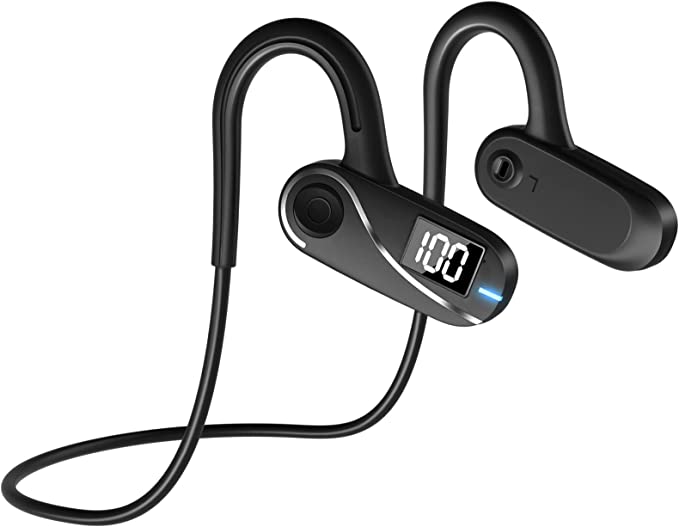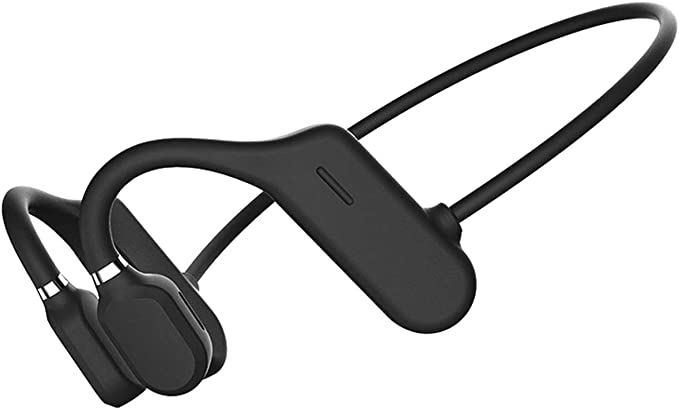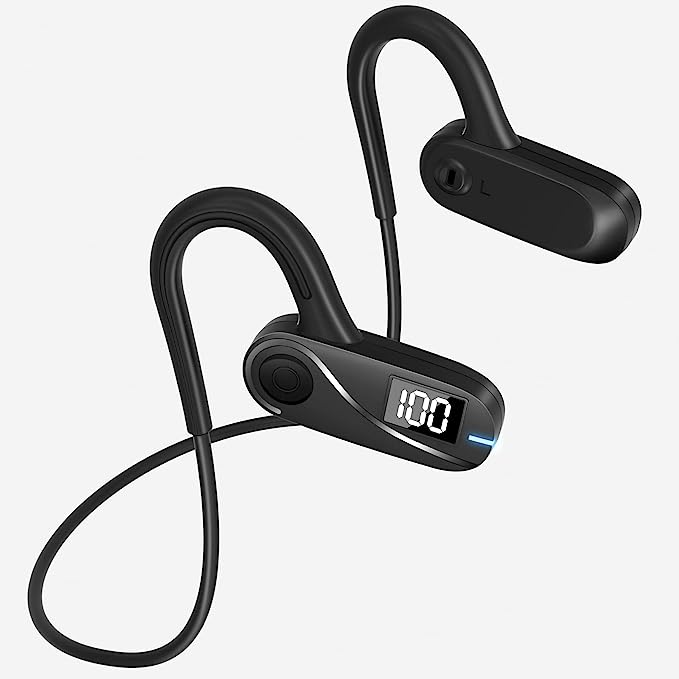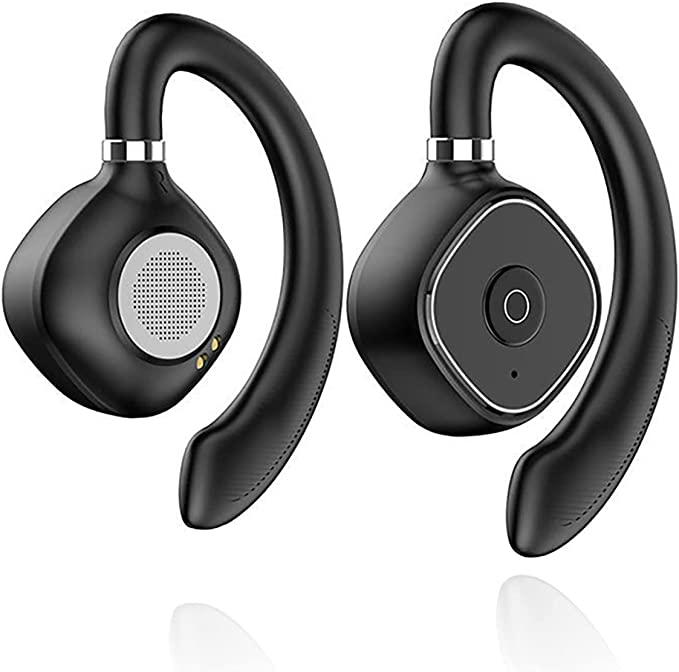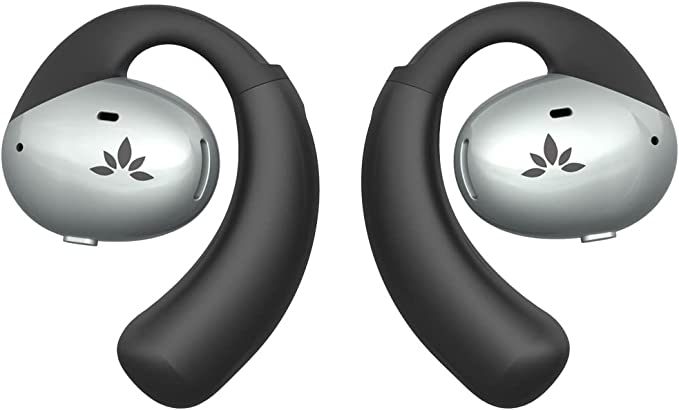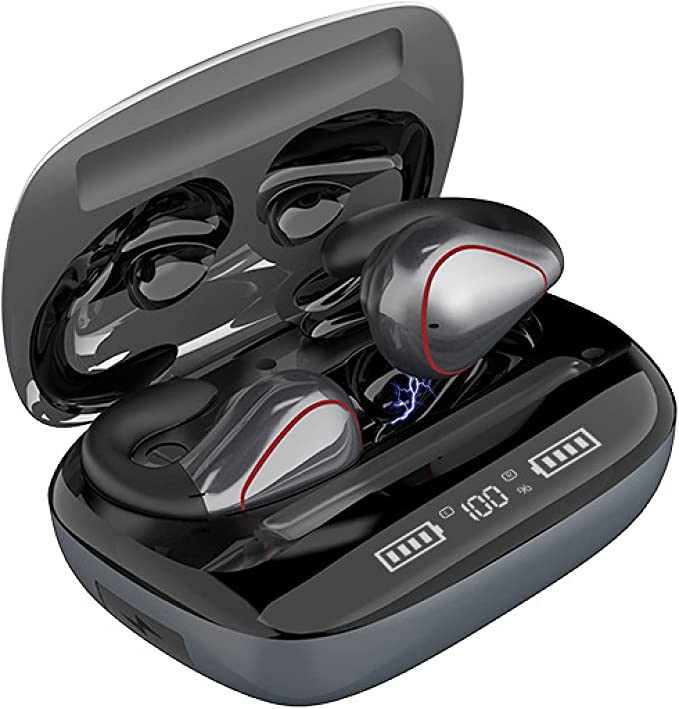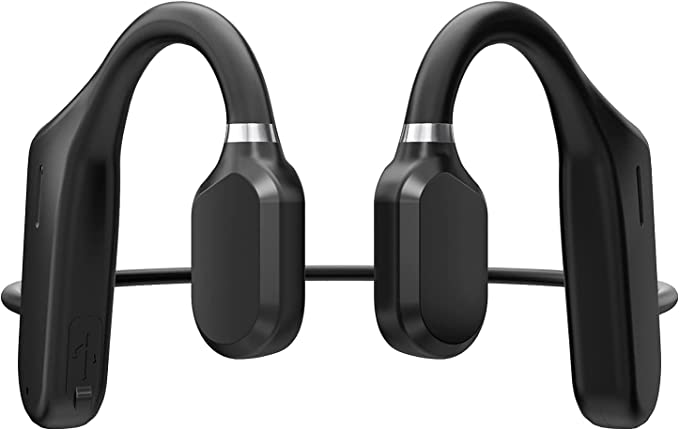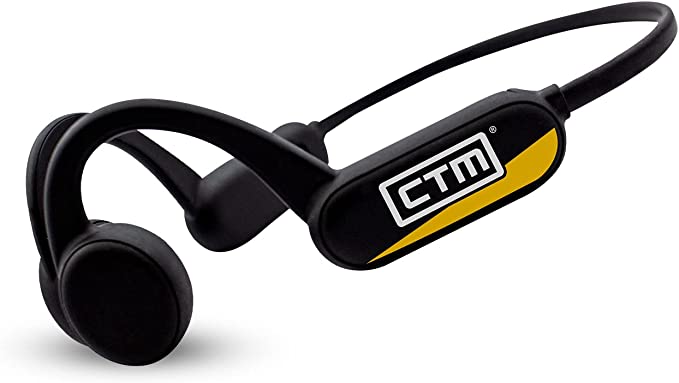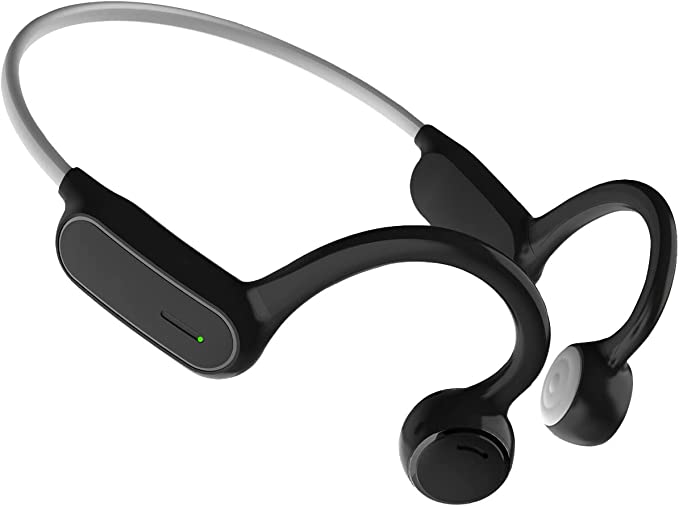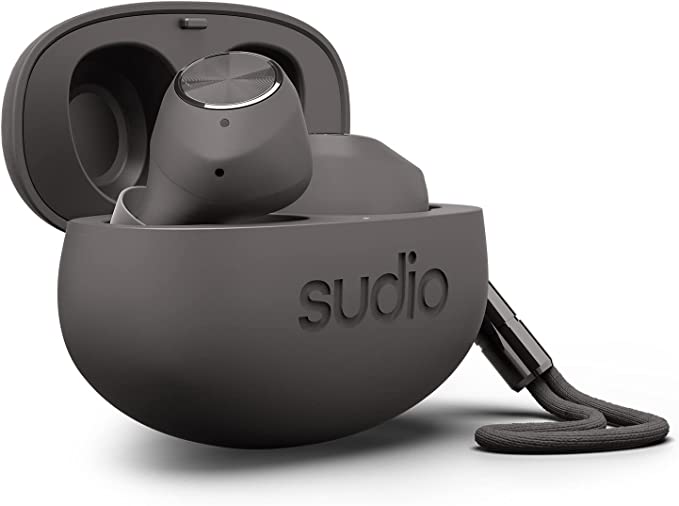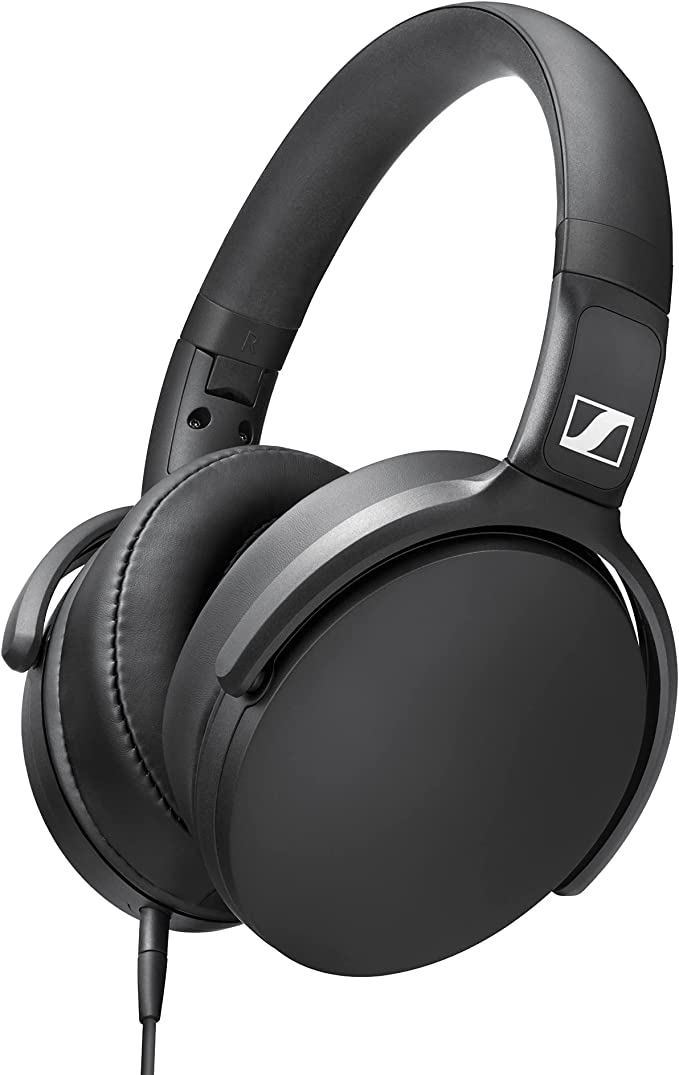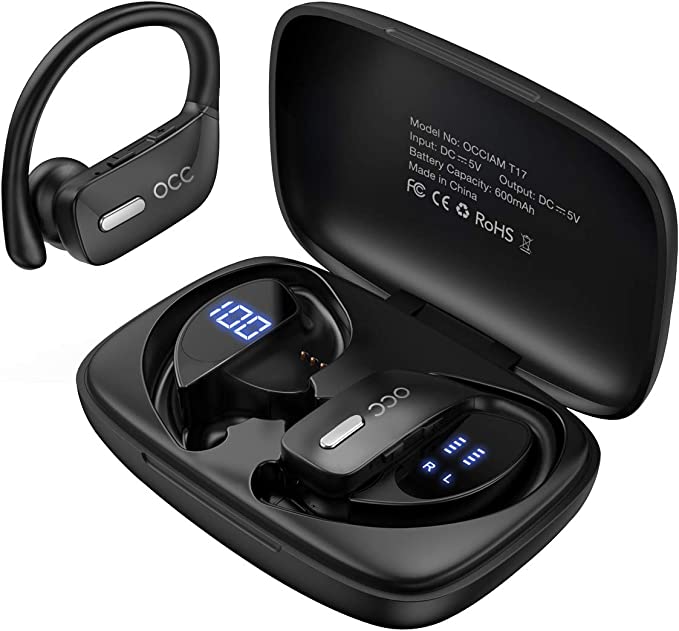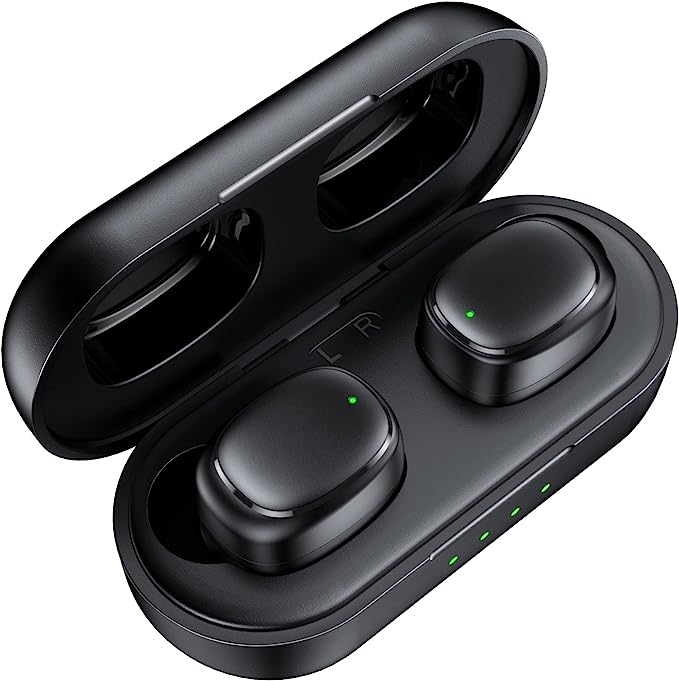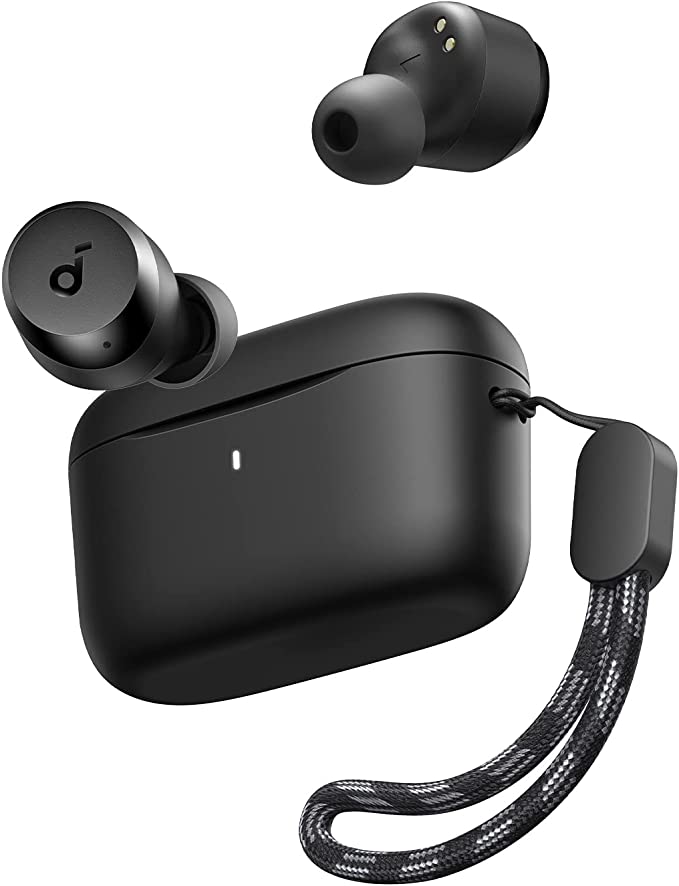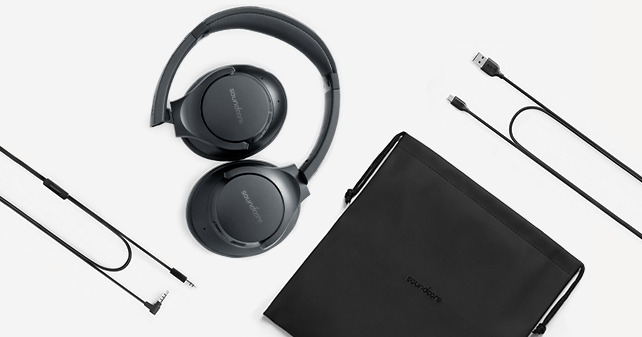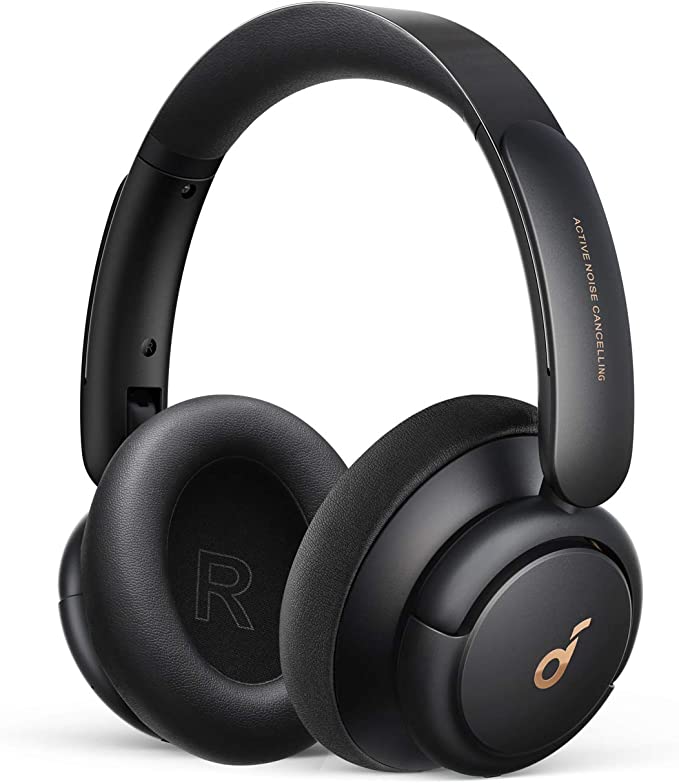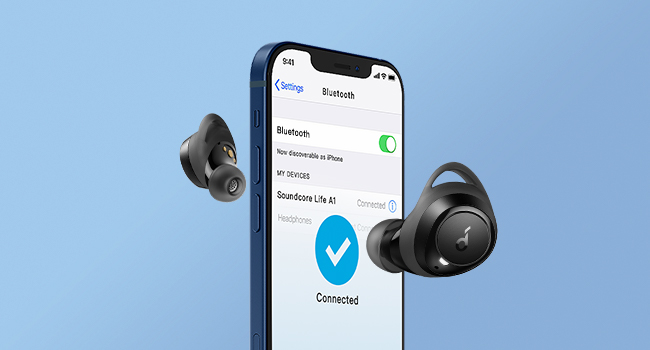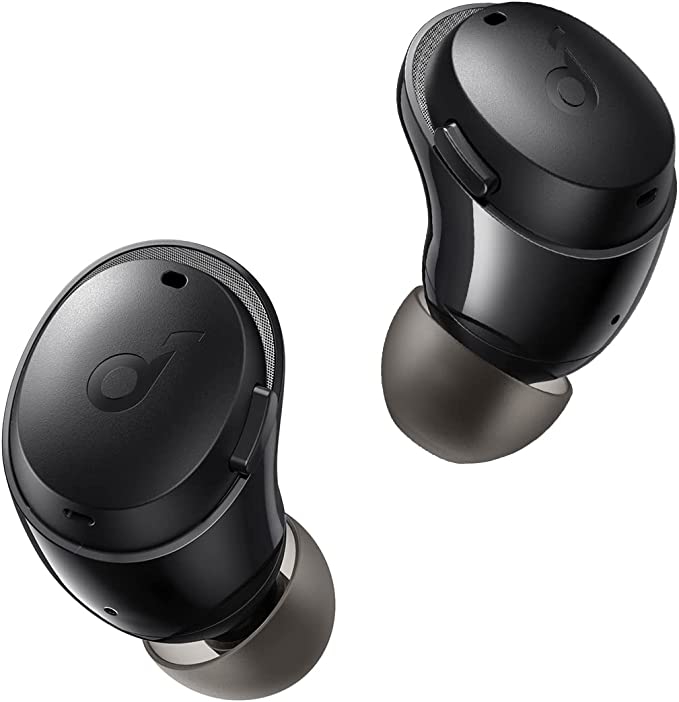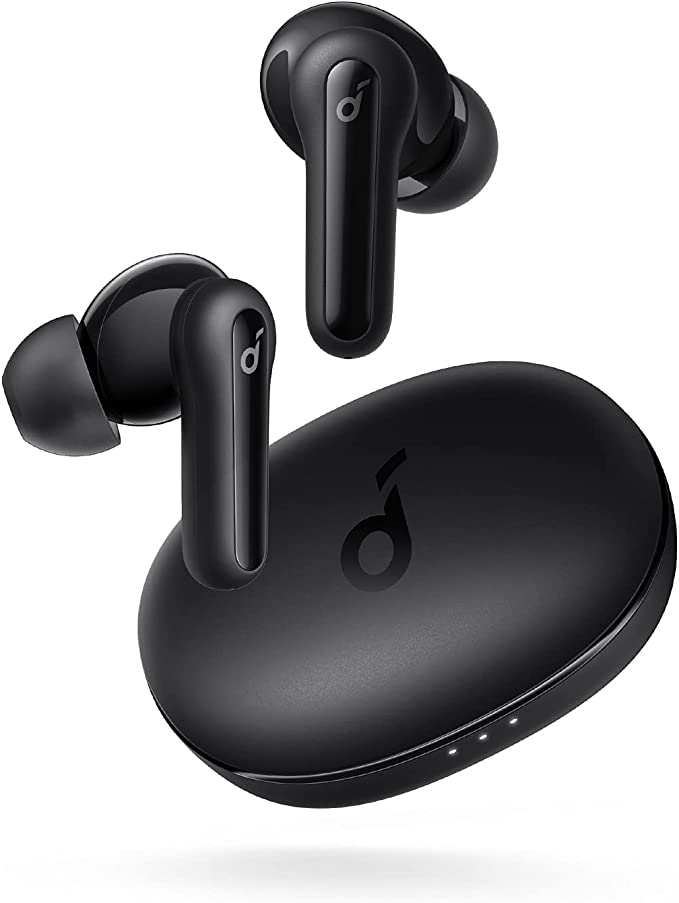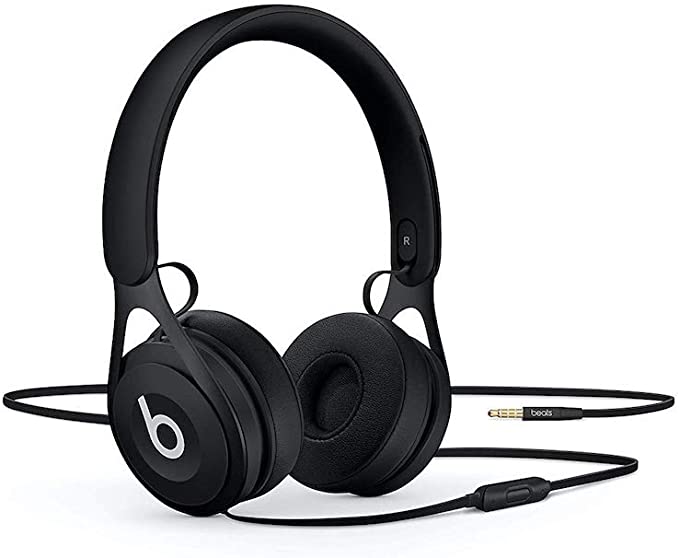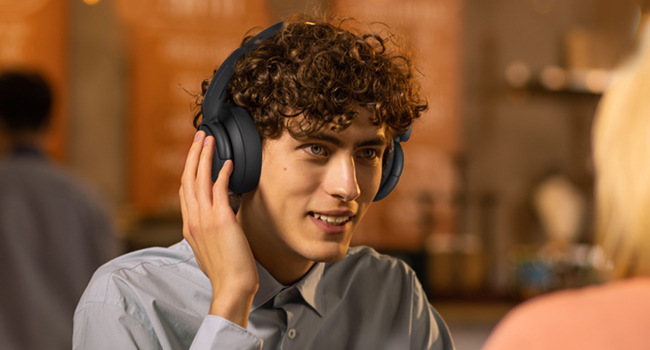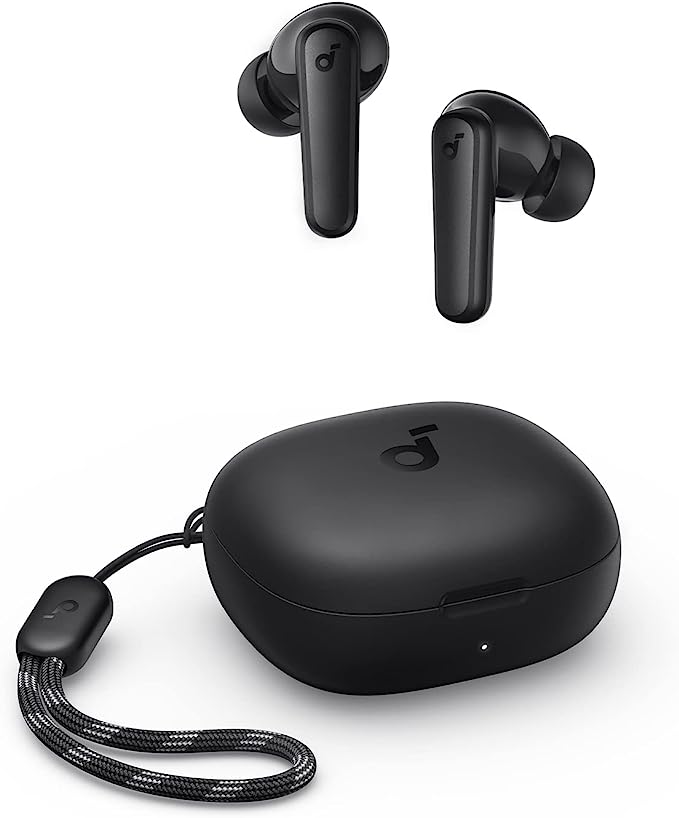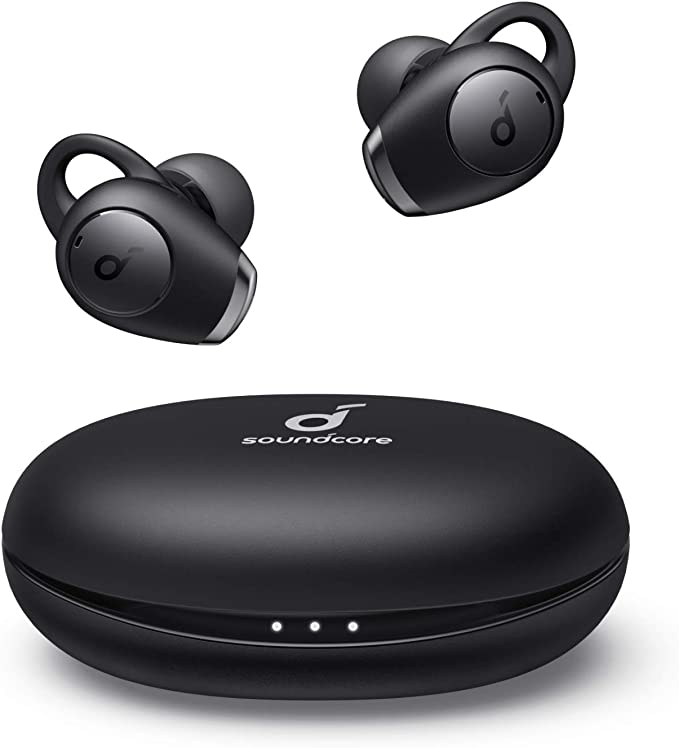Bose Ultra Open Earbuds: Hear the World, Feel the Music
Update on July 5, 2025, 5:15 a.m.
It was the faintest shimmer of sound, a high-frequency whine that sliced through the bassline of my morning playlist. A ghost. For a split second, my brain tried to place it within the song, a strange new synth layer I hadn’t noticed before. Then, the ghost materialized into the blaring horn of an electric streetcar, its bell clanging furiously just feet from my back wheel. I swerved instinctively, heart hammering against my ribs, the near-silent hiss of its electric motor a chilling reminder of what I hadn’t heard.

I had been lost, cocooned in the perfect, noise-isolating seal of my traditional earbuds. It was a state I, and many of us, actively seek: a private world carved out of the public chaos. But on my bike, in the heart of the city, that perfect seal had almost cost me dearly. The incident left a lingering question that buzzed louder than any tinnitus: In our relentless pursuit of sonic immersion, what crucial connections to the real world are we severing? And is that a price we must pay?
My search for an answer led me to a strange and elegant piece of technology: the Bose Ultra Open Earbuds. Unboxing them felt less like opening a tech product and more like examining a piece of minimalist jewelry. There were no silicone tips to jam into your ear canal, no awkward hooks to fight with. Instead, each earbud was a sleek, metallic cuff that wrapped gently around the outer edge of my ear. It didn’t plug a hole; it adorned a landscape. My first thought was, this can’t possibly work.

But it did, and in the most uncanny way imaginable. I clipped them on, a process that felt surprisingly secure, and pressed play. The music was there—rich, detailed, and undeniably Bose quality. But so was everything else. The soft click-clack of my keyboard, the distant hum of the refrigerator, the faint sound of rain beginning to tap against the windowpane. It was a duet between my private soundtrack and the symphony of my immediate environment. For the first few hours, my brain felt like it was learning a new language, constantly trying to reconcile two separate realities. It was disorienting, then intriguing, and finally, liberating.
This experience, I learned, wasn’t some auditory illusion but the result of two distinct fields of science working in concert. The first is the core of its open design: Bose OpenAudio. You can think of it not as a speaker, but as a highly focused spotlight of sound. Instead of flooding the area with soundwaves (and leaking noise to everyone around you), it projects a tight, precise beam directly towards your ear canal. It’s an exercise in acoustic precision, leveraging the natural shape of your ear to capture the sound while leaving it completely open to the world. It’s the reason you can listen to a podcast at a respectable volume while still hearing the barista call your name.
The second, more mind-bending piece of the puzzle is the Bose Immersive Audio. This tackles the classic “in-your-head” feeling of all headphones. Toggling it on is like activating a personal, holographic concert. The music suddenly jumps out of your skull and hangs in the air directly in front of you. Turn your head to the left, and the sound still comes from the front, with the audio in your right ear becoming slightly more prominent, just as it would in a real room. This is the magic of psychoacoustics. A tiny, imperceptible motion sensor in the earbuds tracks your head’s every movement, and the processor instantly adjusts the sound signals to each ear, mimicking the way our brains perceive sound from a fixed point in space. It’s a brilliant computational trick that creates a stable, externalized, and profoundly more natural soundstage.

Armed with this understanding, I took the earbuds out into my life. They became my constant companions for a week, and their true nature revealed itself not in a single moment, but in a tapestry of small, transformative experiences. On my morning runs through the park, my playlist blended with the crunch of gravel underfoot and the chirping of birds, creating a richer, more layered soundtrack than I could have ever curated myself.
In my open-plan office, they were a revelation. I could maintain a flow state with ambient music, yet I was never truly cut off. The subtle sound of a colleague approaching was no longer a startling tap on the shoulder but a gentle awareness. The awkward ritual of yanking out an earbud mid-sentence became a thing of the past. At the grocery store, I held a full conversation with the cashier, music playing softly as a personal score to the mundane, never once needing to pause or apologize. The earbuds didn’t just play audio; they integrated it.
Of course, this design philosophy is built on a fundamental trade-off. The magic of openness fades quickly in the face of brute force noise. On a roaring subway platform, my podcast was all but lost to the screech of steel on steel. They offer no defense against the cacophony of a loud bar. And as some user reviews had warned, their microphone performance is their Achilles’ heel. During one important work call while walking outside, my colleague politely asked if I was speaking to her from the bottom of a well. These are not flaws in the design, but rather the honest consequences of it. They are purposefully unsealed, and that lack of a seal means the microphones pick up the world just as well as your ears do.

After a week of living with them, I came to a conclusion. The Bose Ultra Open Earbuds are not for everyone, and they are certainly not for every situation. Their steep price places them firmly in the premium category, and their limitations are real. But to judge them against a pair of noise-cancelling headphones is to miss the point entirely.
They are not built for the moments you want to escape the world. They are built for the moments you want to inhabit it more fully. They are for the cyclist who wants a soundtrack for their journey but needs to hear the warning shout, for the parent working from home who wants to listen to a conference call but needs to hear their child’s cry, for the walker who wants to feel the pulse of the city without being deaf to its whispers.
These earbuds are more than a new audio device; they are a statement. They are an invitation to push back against the digital cocoons we so often build around ourselves. They challenge us to find the beauty in the blend, the harmony between our chosen sound and the unchosen, chaotic, and wonderful sound of being present in our own lives. They don’t just help you hear your music; they help you listen to your world.


